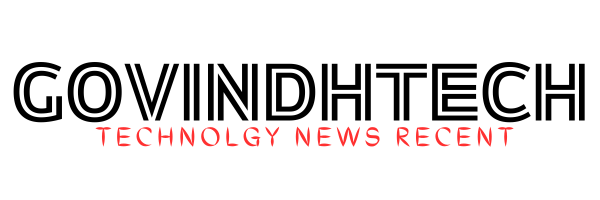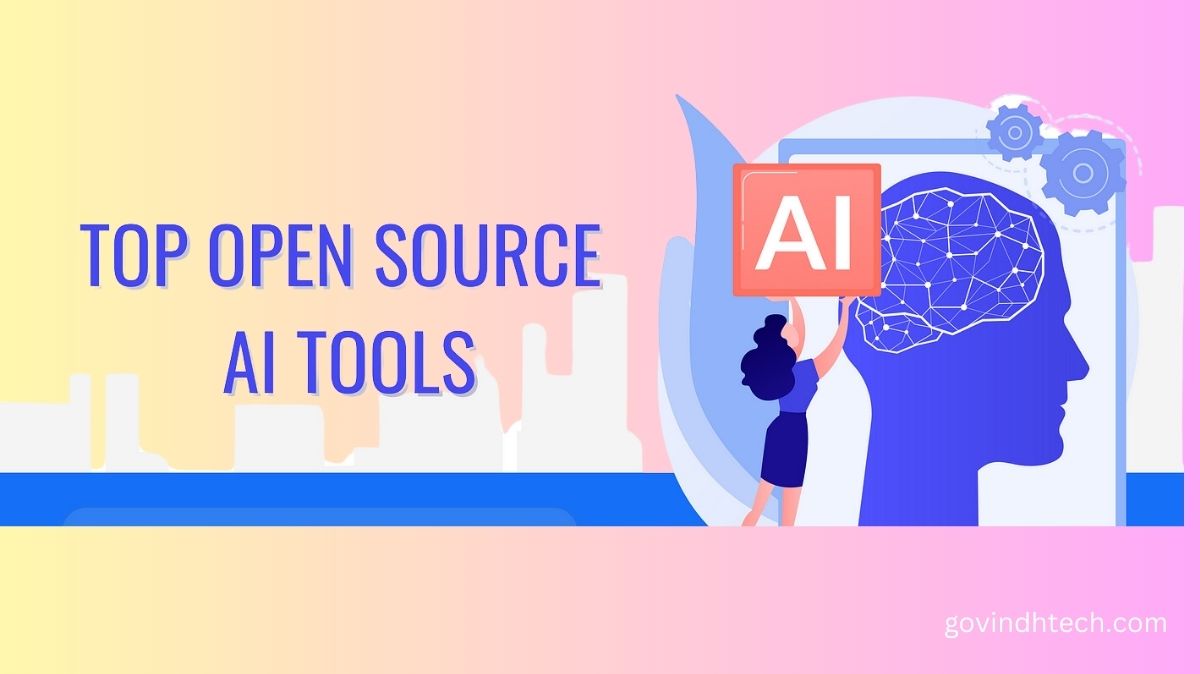Open-source AI (artificial intelligence) technologies allow anybody to use, change, and distribute their source code. Innovative AI applications emerge when AI algorithms, pre-trained models, and data sets are made public. Volunteer enthusiasts improve on current work and expedite the development of practical AI solutions. These technologies often produce the greatest tools for difficult enterprise use cases.
Open-source AI projects and libraries on GitHub drive digital innovation in healthcare, finance, and education. Frameworks and tools save developers time and let them focus on customizing solutions for unique projects. Small teams of developers may produce valuable apps for Windows, Linux, iOS, and Android using existing libraries and tools.
Real-time fraud protection, medical picture analysis, personalized suggestions, and customizable learning are possible with open-source AI’s diversity and accessibility. This availability attracts developers, researchers, and companies to open-source projects and AI models. Open-source AI gives enterprises access to a vast, diversified community of developers that constantly enhance AI tools. This collaborative environment promotes transparency and continual improvement, creating feature-rich, trustworthy, and modular tools. Open-source AI’s vendor neutrality keeps enterprises from being beholden to one vendor.
Open-source AI is tempting, but enterprises must be careful with its free availability. Unfocused bespoke AI development might result in mismatched outputs, lost resources, and project failure. Biased algorithms can also create useless results and promote harmful assumptions. Open-source AI is freely available, so unscrupulous actors might use it to influence results or create damaging content.
Biased training data, data drift, and labeling errors can provide discriminatory results and faulty models. When companies use third-party technologies, they risk endangering stakeholders. Open-source AI must be carefully considered and implemented responsibly.
Tech giants are divided on the matter. Open-source AI advocates like Meta and IBM promote scientific interchange and innovation through the AI Alliance. Google, Microsoft, and Open AI prefer a closed model due to AI safety and misuse concerns. U.S. and EU governments are trying to combine innovation with security and ethics.
Open-source AI transforms
Although risky, open-source AI is growing in popularity. Many developers prefer open-source AI frameworks to proprietary APIs and applications. In the 2023 State of Open Source report (not from IBM), 80% of respondents indicated increasing use of open-source software over the preceding year, with 41% reporting a “significant” rise.
As tech companies invest in open-source AI, developers and academics will use it more, giving organizations access to breakthrough AI technology.
IBM Watson Health Employs Tensor Flow for medical image analysis, diagnostics, and tailored treatment. J.P. Morgan’s Athena innovates risk management with Python-based open-source AI. Amazon uses open-source AI to improve Alexa, warehouse operations, and recommendation algorithms. Online educational platforms like Coursera and edX leverage open-source AI to personalize learning, recommend content, and automate grading.
Numerous applications and media services, including Netflix and Spotify, use Tensor Flow or PyTorch to improve recommendations and performance using open-source AI and proprietary solutions.
Five open-source AI tools to know
The following open-source AI frameworks promote innovation, cooperation, and cross-disciplinary learning. More than tools, they empower people from beginners to experts to grasp AI’s immense potential.
- Tensor Flow is a flexible, adaptable Python and JavaScript learning framework. Developers may build and deploy machine learning models on several platforms with Tensor Flow. Its strong community support and large library of pre-built models and tools simplify AI creation for beginners and experts.
- PyTorch, an open-source AI framework, has a simple interface for debugging and constructing deep learning models. Model training and experimentation are efficient thanks to its Python library integration and GPU acceleration. Many researchers and developers use it for quick software development prototyping and AI/deep learning research.
- Keras, a Python-based open-source neural network library, is user-friendly and modular, making deep learning model building easy and rapid. Its high-level API is intuitive for novices and adaptable and powerful for professional users, making it useful for instructional and difficult deep-learning applications.
- Scikit-learn is a strong open-source Python machine learning and predictive data analysis package. J.P. Morgan and Spotify use its scalable supervised and unsupervised learning techniques in their AI systems. Data mining and analysis in many contexts is easy with its simple setup, reusable components, and huge, active community.
- Open CV is a programming library with extensive computer vision capabilities, real-time performance, a big community, and platform portability, making it excellent for automating activities, analyzing visual data, and building novel solutions. It scales with organizational needs, making it suited for startups and large companies.
Open-source AI technologies like Tensor Flow, Apache, and PyTorch, as well as community platforms like Hugging Face, are becoming more popular as AI developers realize that cooperation is the future. Participating in these groups and collaborating on technologies helps organizations receive the greatest tools and people.
The future of open-source AI
Open-source AI reinvents company scaling and transformation. What enterprises may expect as open-source AI drives innovation across industries and encourages widespread adoption and deeper AI use.
Natural language processing (NLP), Hugging Face Transformers, large language models (LLMs), and computer vision libraries like Open CV will enable more complex and nuanced applications like Chabot’s, image recognition systems, and robotics and automation.
Open helper, an open-source chat-based AI helper, and GPT Engineer, a generative AI tool that lets anyone design apps from text prompts, presage ubiquitous, highly personalized AI assistants that can handle complex tasks. This shift toward interactive, user-friendly AI solutions signals further AI incorporation into our daily lives.
Open-source AI is an interesting technology with numerous future uses, but enterprises must navigate and partner to successfully deploy AI solutions. Open-source models often need significant fine-tuning to meet enterprise-level effectiveness, trust, and safety standards. Open-source AI is accessible, but enterprises need compute resources, data infrastructure, networking, security, software tools, and skills to use it effectively.
Open-source AI tools and frameworks cannot provide custom AI solutions for many enterprises. Consider how your business may benefit from open-source AIs and how IBM can help you design and deploy a trustworthy, enterprise-grade AI solution.



[…] Learn extra on Govindhtech.com […]
[…] Read more on Govindhtech.com […]